Nigella Stevia: The Sweet and Spicy Garden Duo You Never Knew You Needed
Have you ever dreamed of growing your own kitchen garden where the flavors are as vibrant as the colors? Meet nigella and stevia—the ultimate dynamic duo that brings both visual charm and culinary flair to your spice rack. In this article, we’ll explore what makes these two plants so special, how they can work together in your garden or kitchen, and share some pro tips for growing and using them like a seasoned herbalist.
Table of Contents
- What Is Nigella?
- What Is Stevia?
- Why Grow Nigella and Stevia Together?
- Growing Tips: From Seed to Harvest
- Culinary Uses: Sweet Meets Savory
- Health Benefits: More Than Just Flavor
- Fun Facts and Final Thoughts
What Is Nigella?
Nigella, also known as black cumin or kalonji, is a flowering plant prized for its tiny black seeds used extensively in Middle Eastern, Indian, and Mediterranean cuisines. But did you know it’s also called “love-in-a-mist” because of its dreamy, delicate blue or white flowers? That’s right—it’s not just a spice, it’s a mood booster for your garden!
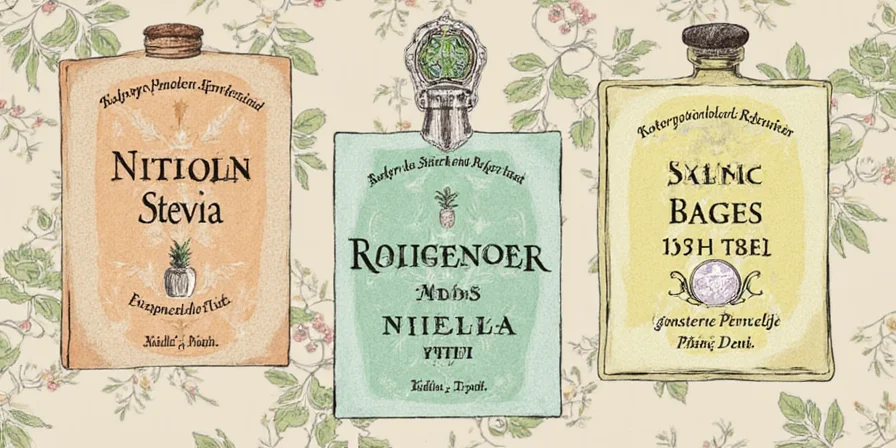
Key Characteristics of Nigella:
- Aromatic seeds with a slightly bitter, nutty flavor
- Easily grown from seed
- Adds depth to breads, pickles, and curries
- Can self-seed easily in warm climates
What Is Stevia?
If you’ve ever reached for a zero-calorie sweetener, chances are you’ve encountered stevia. This natural sweetener comes from the leaves of the Stevia rebaudiana plant, native to South America. It's up to 300 times sweeter than sugar, making it a superstar in health-conscious kitchens.
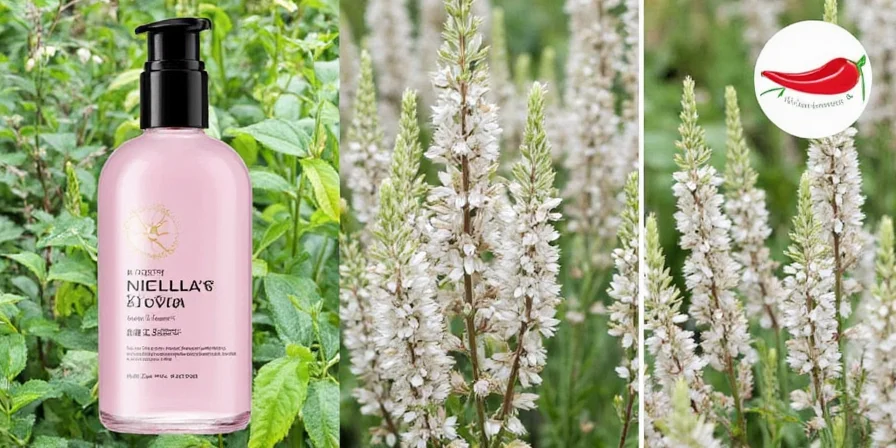
Key Characteristics of Stevia:
- Leaves contain glycosides responsible for intense sweetness
- Loves warm, sunny spots (bring on the patio life!)
- Perfect for teas, smoothies, and desserts
- Drought-tolerant once established
Why Grow Nigella and Stevia Together?
You might be wondering: why pair these two at all? Well, here’s the twist—they’re opposites in flavor but complementary in growth habits and utility. Let’s break it down:
| Feature | Nigella | Stevia |
|---|---|---|
| Taste Profile | Bitter, earthy, aromatic | Sweet, mild, herbal |
| Growth Habit | Self-sowing annual | Perennial in warm zones |
| Sun Requirement | Full sun to partial shade | Full sun |
| Best Used For | Spiced dishes, breads, oils | Teas, desserts, beverages |
Together, they offer a balanced sensory experience: one warms and deepens, while the other lifts and brightens. Plus, their differing needs make them surprisingly compatible neighbors.
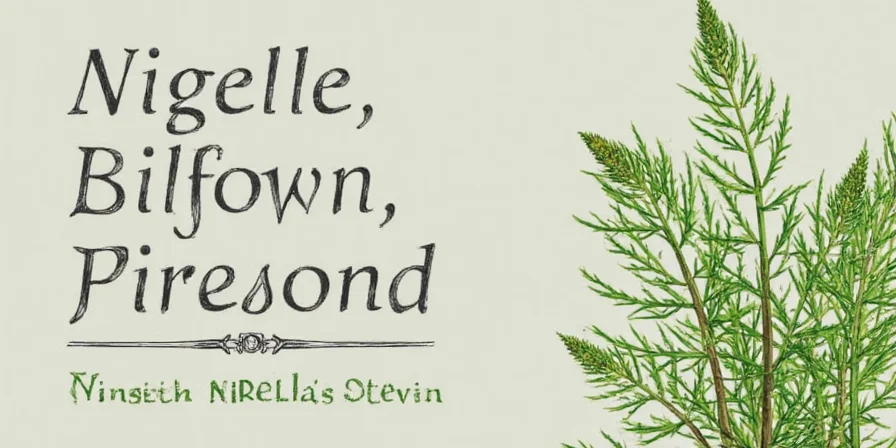
Growing Tips: From Seed to Harvest
Ready to start your spice garden? Here are some practical, tried-and-true tips to get both nigella and stevia thriving.
For Nigella:
- Start seeds indoors 4–6 weeks before last frost or direct sow outdoors when soil warms up.
- Plant in well-draining soil; it doesn’t like wet feet!
- Allow some plants to go to seed if you want a yearly supply.
- Harvest seeds when pods turn brown and dry.
For Stevia:
- Start indoors early (8–10 weeks before last frost) or buy young plants.
- Keep in pots during winter in cold climates; bring indoors before frost.
- Pinch back regularly to encourage bushier growth.
- Harvest leaves just before flowering for maximum sweetness.
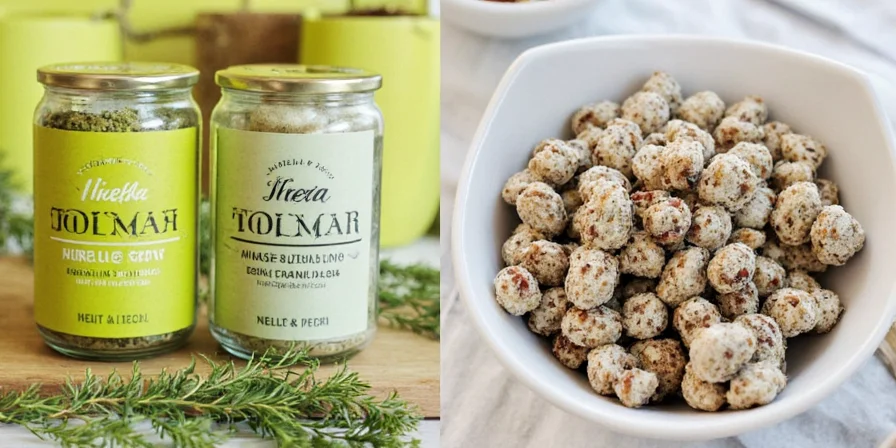
Culinary Uses: Sweet Meets Savory
Now let’s talk about how to use these two in your cooking. Spoiler alert: the combo is magic.
Top Nigella Recipes:
- Naan bread with nigella seeds
- Spiced lentil soup
- Black sesame + nigella granola
- Mediterranean-style roasted eggplant
Top Stevia Recipes:
- Homemade stevia sweetened lemonade
- Low-carb chocolate chip cookies
- Stevia-infused herbal tea blend
- Sweet and spicy chili glaze
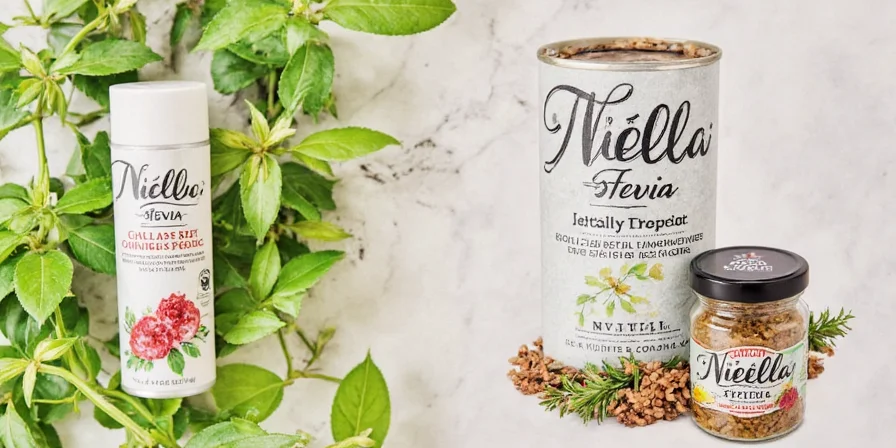
Pro Tip: Try This Combo
Create a sweet and savory vinaigrette using crushed nigella seeds and a few fresh stevia leaves blended into apple cider vinegar. Drizzle over roasted veggies or grain bowls. Your taste buds will thank you.
Health Benefits: More Than Just Flavor
Both plants pack a nutritional punch beyond their culinary uses.
| Benefit | Nigella | Stevia |
|---|---|---|
| Anti-inflammatory Properties | ✓ | ✓ |
| Antioxidants | ✓ | ✓ |
| Blood Sugar Regulation | ✓ | ✓ |
| Supports Digestive Health | ✓ | ✗ |
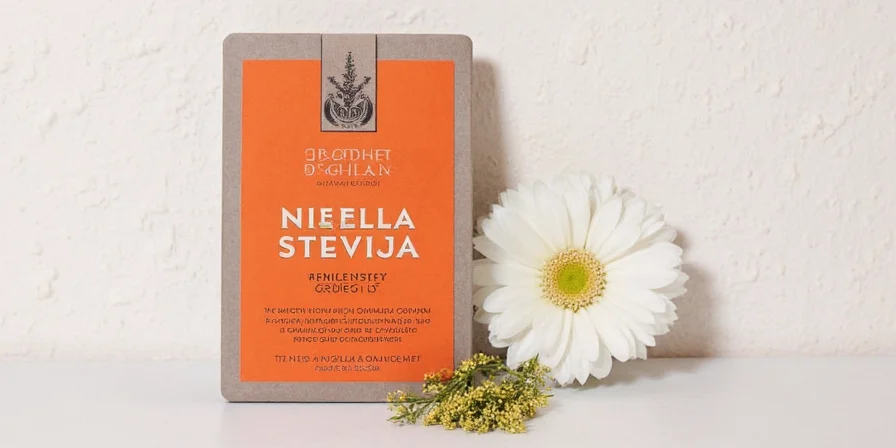
Fun Facts and Final Thoughts
Before we wrap up, here are some fun facts you can impress your friends with:
- Nigella was found in Egyptian tombs—you could call it the original ancient spice.
- Stevia was used by the Guarani people of Paraguay for centuries before going global.
- Stevia extract is used in some skincare products due to its antimicrobial properties.
- Crush nigella seeds between your fingers and smell the aroma—earthy, peppery, and oh-so-spice-rack worthy.
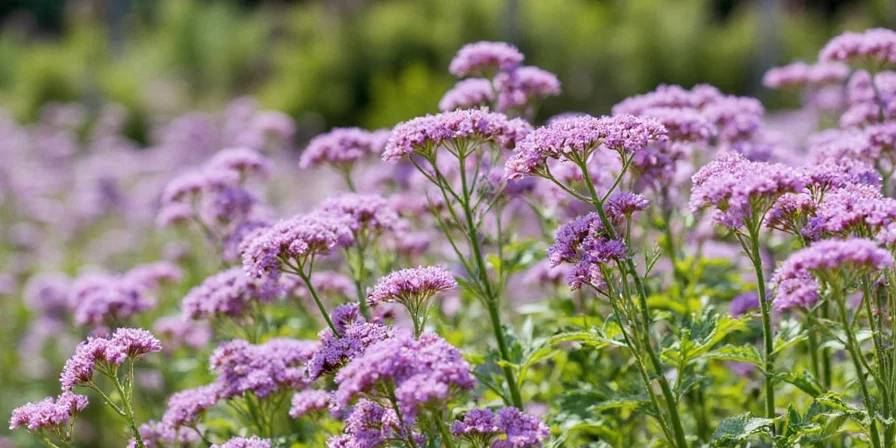
In Summary
Whether you're looking to add more flavor, color, or health benefits to your daily routine, combining nigella and stevia is a brilliant move. They may seem like an unlikely pair at first glance, but once you see them in action—both in the garden and on your plate—you’ll wonder how you ever lived without them.
Conclusion
So there you have it: the perfect garden companions that deliver big-time flavor and function. Whether you're growing your own herbs, spicing up your meals, or exploring natural sweeteners, don’t overlook the power of nigella stevia. Give them a little love, and they’ll return it tenfold—with beauty, taste, and wellness benefits to boot.
Now go plant something delicious and sweet—your future self will thank you.

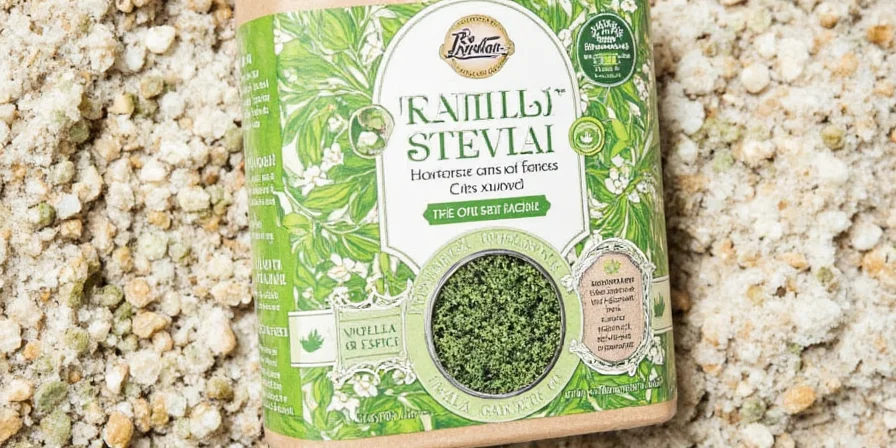









 浙公网安备
33010002000092号
浙公网安备
33010002000092号 浙B2-20120091-4
浙B2-20120091-4